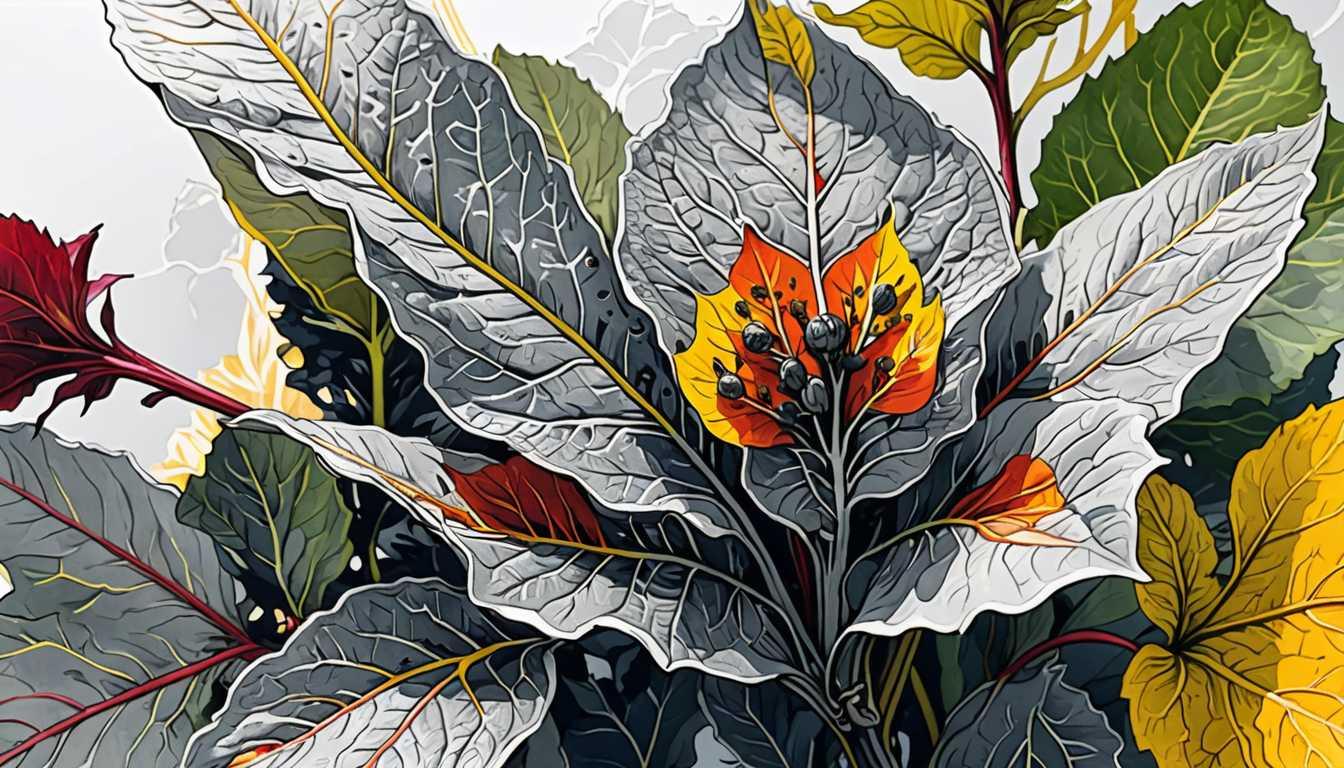Supercharging Plants: A Green Revolution
July 2023
Cornell University
Introduction
Imagine boosting plant growth by playing matchmaker with proteins! Cornell researchers have done just that, splicing red algae's super-efficient proteins into tobacco plants, doubling their growth. This breakthrough, led by Laura Gunn, could revolutionize crop yields and carbon capture. Dive into this fascinating study from the June 8 issue of Nature Plants, and discover how a bit of molecular matchmaking might just be the future of farming.
READ FULL ARTICLEWhy It Matters
Discover how this topic shapes your world and future
Green Power-Up! Boosting Plant Growth with Red Algae Magic
Imagine if we could turbocharge plants to grow faster and bigger, not with magic, but with science! That's exactly what researchers are doing by borrowing a trick from red algae. In a groundbreaking study, scientists managed to transfer a super-efficient protein from red algae into tobacco plants, leading to a doubling of their growth. This isn't just about creating giant tobacco plants; it's about reimagining the future of agriculture and our planet. By enhancing photosynthesis – the process plants use to turn sunlight into energy – we could grow more food on less land, produce biofuels more efficiently, and even pull more carbon out of the atmosphere, helping to fight climate change. For you, this could mean living in a world where hunger and environmental issues are significantly reduced, thanks to the power of improved plants.
Speak like a Scholar
Photosynthesis
The process by which plants, algae, and some bacteria use sunlight to synthesize foods from carbon dioxide and water. Photosynthesis in plants generally involves the green pigment chlorophyll and generates oxygen as a byproduct.
Rubisco
Short for ribulose-1,5-bisphosphate carboxylase/oxygenase, this is the enzyme that starts the process of carbon fixation in photosynthesis, making it crucial for food production on the planet.
Carbon fixation
The conversion process of inorganic carbon (carbon dioxide) to organic compounds by living organisms. The most prominent example is photosynthesis.
Chaperones
Proteins that assist the covalent folding or unfolding and the assembly or disassembly of other macromolecular structures, but do not occur in these structures when the latter are performing their normal biological functions.
Carboxylation
A chemical reaction in which a carboxylic acid group is produced by treating a substrate with carbon dioxide. In the context of photosynthesis, it refers to the addition of carbon dioxide to a compound.
Carbon sequestration
The process of capturing and storing atmospheric carbon dioxide. It is one method of reducing the amount of carbon dioxide in the atmosphere with the goal of reducing global climate change.
Independent Research Ideas
Exploring the efficiency of photosynthesis in aquatic vs. terrestrial plants
Dive into the differences in photosynthesis mechanisms between aquatic plants, like algae, and land plants. What makes aquatic plants more efficient, and how can these traits be transferred to land plants?
The role of genetic engineering in combating climate change
Investigate how genetically modifying plants to enhance carbon sequestration could be a game-changer in our battle against climate change. What are the ethical considerations?
The future of biofuels
Examine how increasing the efficiency of photosynthesis in biofuel crops could revolutionize the energy sector. What are the current limitations, and how can they be overcome?
Artificial photosynthesis - a reality?
Explore the concept of artificial photosynthesis – creating systems that mimic the natural process to produce energy and reduce carbon. How close are we to making it a reality, and what are the potential impacts?
The impact of enhanced photosynthesis on global agriculture
Delve into how boosting photosynthesis could transform agriculture, from reducing land use to increasing food security. What are the challenges and benefits of implementing this technology globally?
Related Articles

Hemp vs. Mildew: Genetic Showdown
September 2023
Cornell University

UV Light: Beets' Fungal Hero
April 2024
Cornell University

Fungi: From Foes to Food Heroes
September 2023
Phys Org

Bumblebees: Nature's Savvy Foragers
October 2023
University of Oxford

Super Plants vs. Climate Change
August 2023
Stanford University